Forgotten Crafts: Occupations in Pakistan That Faded with Time
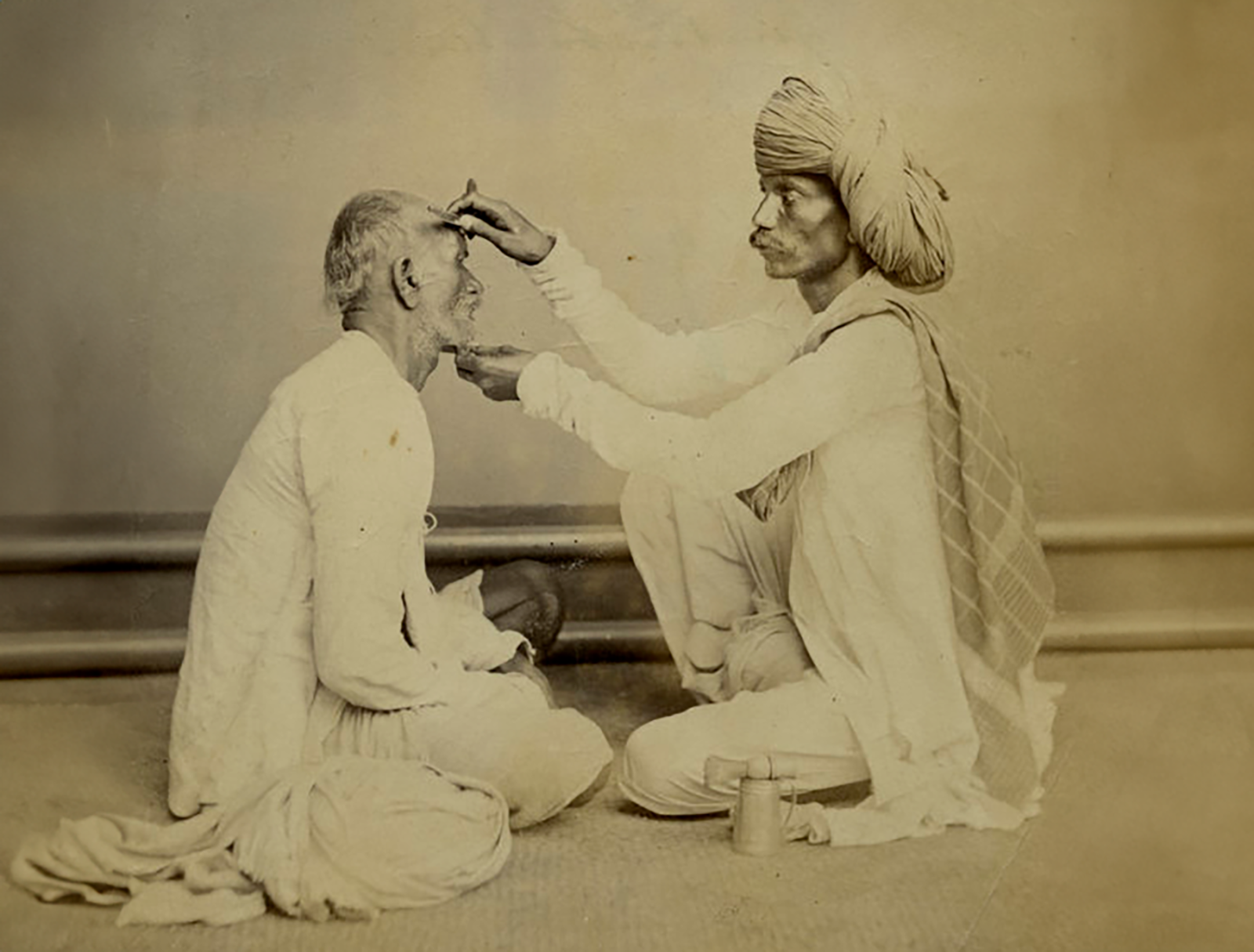
|
Getting your Trinity Audio player ready... |
Throughout history, change has always come at a cost. Today, that cost is often the disappearance of traditional skills and livelihoods worldwide. Across Pakistan, many once-common crafts and occupations have gradually faded away as victims of modernization and changing times. Individuals who once practiced these now-forgotten trades reveal stories of times when these professions were woven into the fabric of daily life. From the Tanga drivers who ferried passengers through bustling streets to the potters who shaped clay into everyday necessities, these voices offer a glimpse into a vanished world. While some of these trades have adapted to modern realities, many have been relegated to the pages of history, their cultural importance now at risk of being lost forever unless remembered and preserved.
Tanga (Horse Cart)
In the Indo-Pak subcontinent, the Tanga, or Tonga cart, was once a typical means of transport. This two-wheeled buggy, drawn by a horse, was skillfully maneuvered by the Kochwan, or driver. It featured a large umbrella to shield passengers from the sun and rain, making it a practical and popular choice.
Sarwar Ali, who drove a Tanga in Multan until the 1990s, described the experience as “fascinating, beautiful, and environmentally friendly.” He emphasized the importance of the Kochwan in society. “The Kochwan wasn’t just a driver; he had an essential role, bringing children to school and adults to and from the office. Whether one wanted to go to the railway station, bus stand, or receive someone from there, the Tanga was always available.”
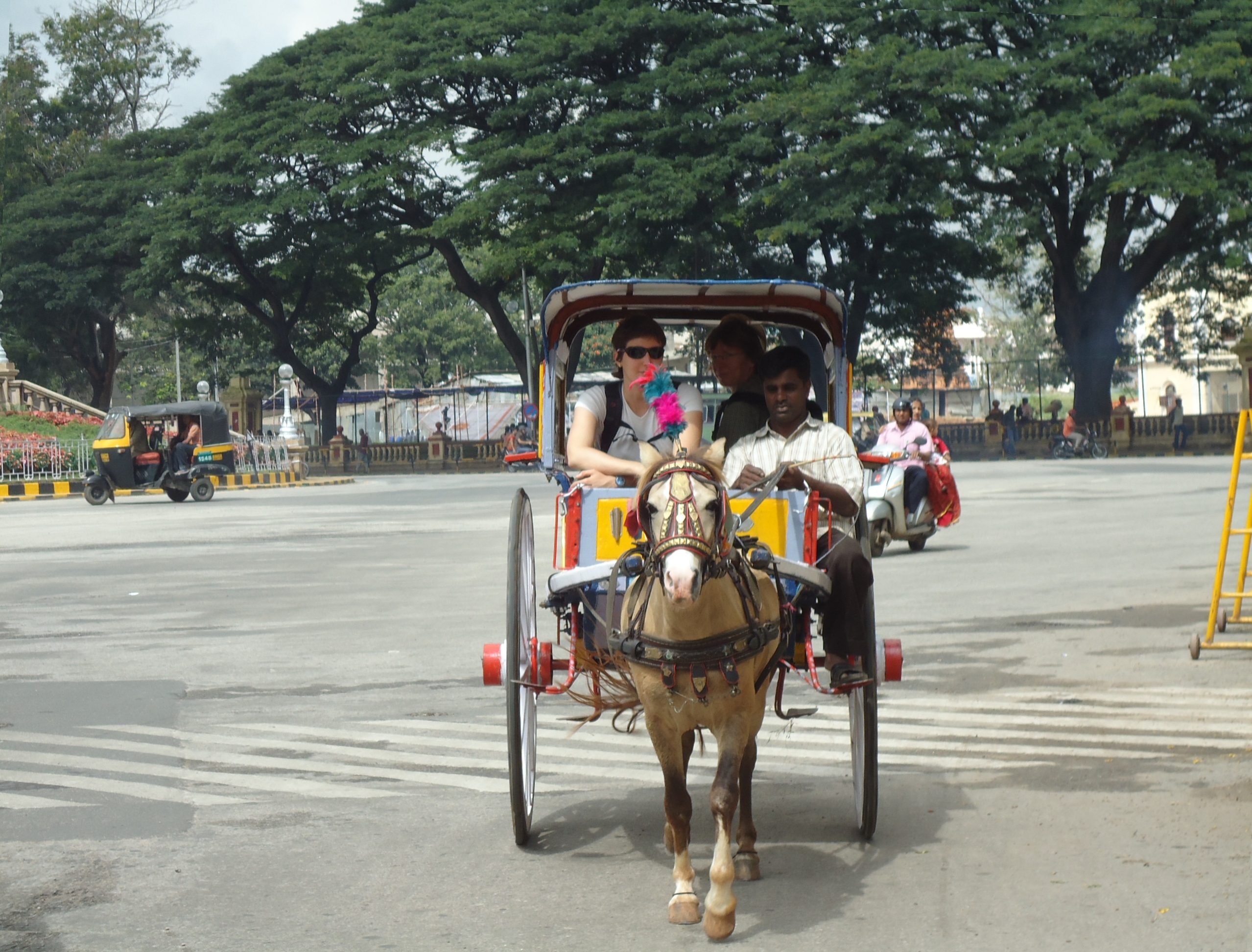
According to Sarwar, the Tanga was once a shared ride in Pakistan and an essential means of transporting people from one place to another. “It was significant whether people were going to a place of entertainment, tourism, or a wedding procession,” he noted. “All the children were thrilled riding it. Imagine the nostalgia of being on a horse cart adorned with vibrant flowers, the rhythmic clatter of the horse’s hooves creating a joyful melody.”
He vividly recalled how, as night fell, kerosene oil lamps on either side of the cart would cast a warm, glowing light. “It added a magical touch to the darkness,” he said. “The scene was a nostalgic glimpse into a simpler time, where the charm of a horse-drawn ride was illuminated by the soft, flickering light, creating an unforgettable and picturesque experience.”
However, the traditional Tanga gradually became extinct with the introduction of modern transportation. “Motor rickshaws and cabs have replaced them,” Sarwar reflected, acknowledging the end of an era.
Kumhar (Potter)
Pottery was once a common and essential profession in the Indo-Pak subcontinent. The Kumhar, or earthen pot maker, played a crucial role in society, crafting pots for daily use and clay toys for children. Ghulam Shahir Chana, whose forefathers were potters, recalls the significance of this trade.
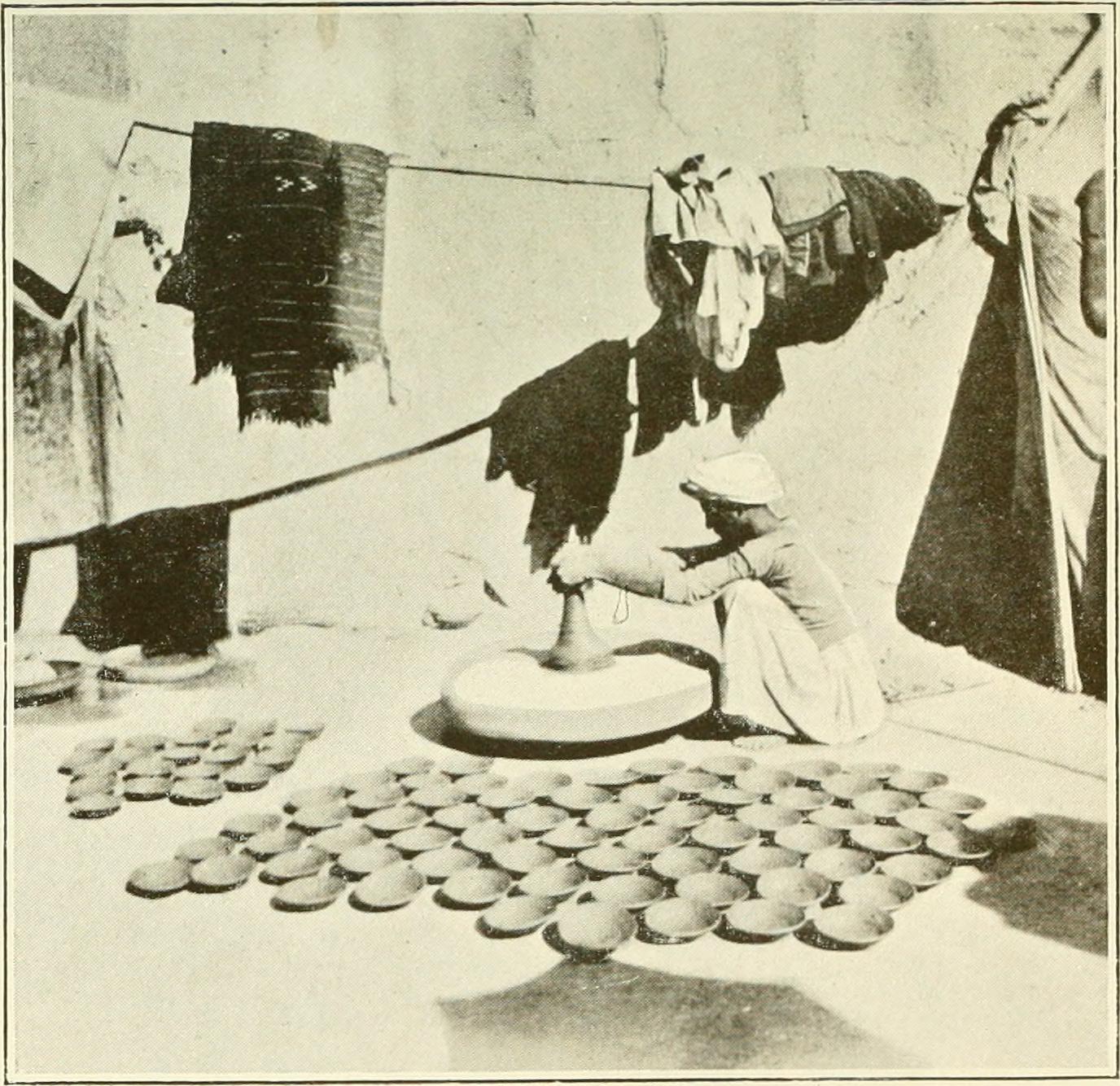
“Potters made pots for daily use and clay toys for children,” Chana said. “I still remember that, in my childhood in the village, watching potters make pots was a favorite pastime for children. Earthen pots and toys amused us. It was fun when the Kumhar kneaded the clay, put it on the pot-making wheel, and made the clay pots and toys. Then he dried them in the sun and put them in the fire to make them hard. Later, he would remove them from the fire and decorate them with different colors. It was so beautiful to see all this happening.”
Chana notes that this profession has almost become extinct over time. “But as innovation has come, steel and plastic pots have replaced these earthen pots,” he explained. “Today, potters and pottery are nearly extinct, replaced by the newly designed plastic, ceramic, silver, and steel vessel-making industries.”
Nai (Barber)
The role of a Nai, or Barber, in Pakistani villages was not only to cut hair; instead, they were considered a combined member of people’s families. Because the Nai were often very talkative, they actively established relationships and spread news. Barbers also performed matchmaking for marriages, circumcised children, and treated people’s boils with herbal ointments.
Barbers also remembered the family lineage of the people and the deeds of their forefathers, narrating them to the ordinary people. Sikander Khan, a local retired barber, reminiscing about his old days said, “In the past, the Nai, or Barber, was more than just a haircutter; they were storytellers and community news carriers. While trimming hair, they would share tales of the elders or discuss the latest happenings in the area, becoming a key source of spreading news.” People appreciated their skills and looked forward to lively conversations and stories, making visiting the Barber a social and enjoyable experience.
The Barber also provided cooking services for weddings and funerals. In short, his role in society was essential, from children’s birth to their marriages and deaths. Nowadays, barbers no longer play the roles they once did. These duties have evolved into various new professions, such as catering and wedding planning. Today, the barber profession has adopted innovation and performs its services differently.
Akhbar Wala (Newspaper Hawker)
The Akhbar Wala, or Newspaper Hawker, was another critical occupation in Pakistani society. Newspapers used to be an essential source of information, and people eagerly waited for newspapermen every day so that they could stay informed about the current situation by reading the newspaper. Apart from newspapers, the Akhbar Wala also delivered monthly digests and weekly magazines.
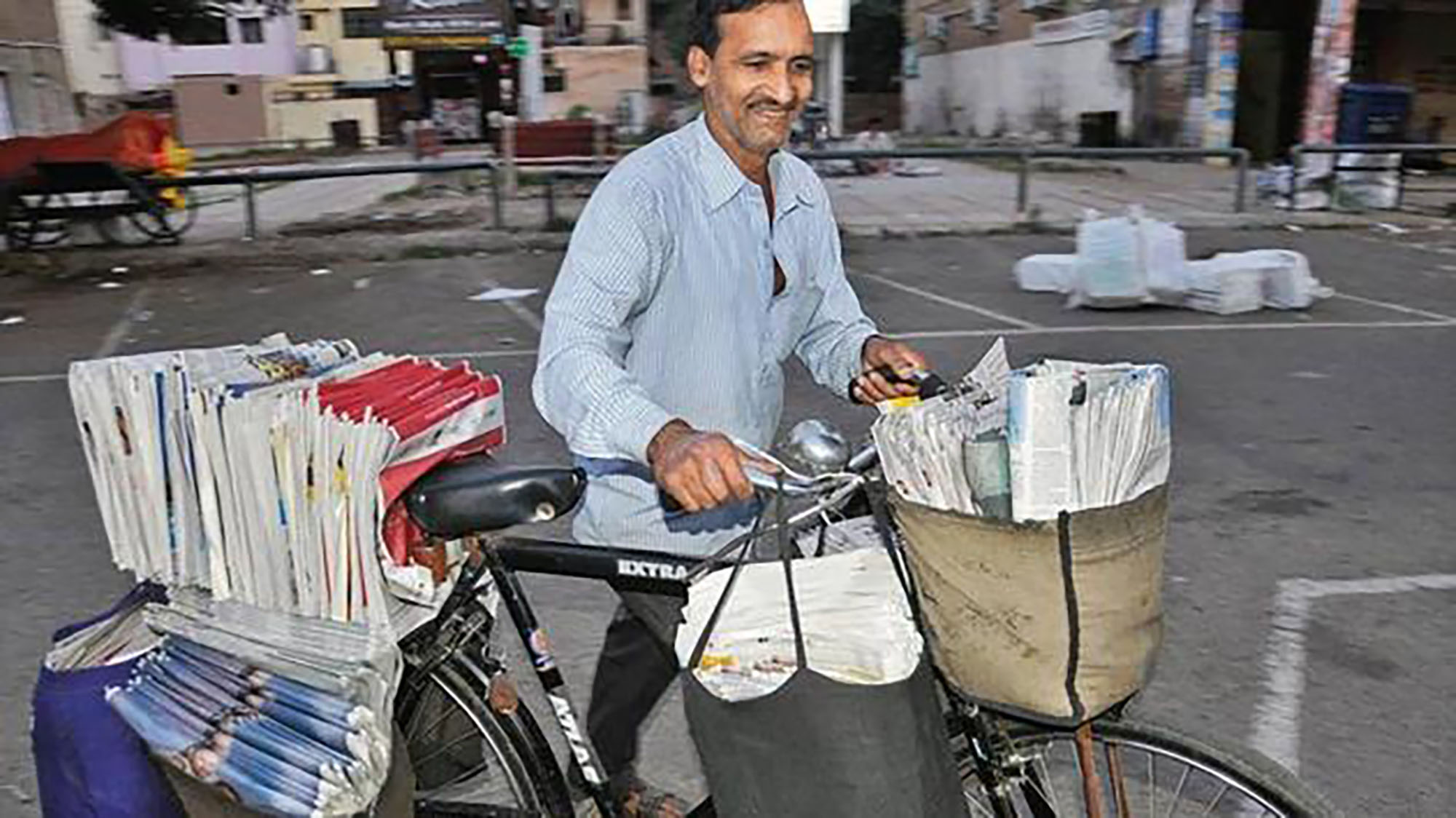
Bhoj Kumar, formerly a newspaper hawker, recalls, “There was a time when a newspaper hawker’s day began before anyone else was awake, even before the birds in the trees. Rising early in the morning, I barely had time to dust off my bicycle before hitting the road. My first stop was always the newspaper agency, where I would pick up a bundle of papers.”
Regardless of the weather—whether it was bitterly cold, scorching hot, foggy, or raining—the newspaper hawker’s day would start at the break of dawn. “We would be on time daily, arriving at customers’ doors in different parts of the city and tossing newspapers onto porches or lawns. We would race from house to house, ensuring the newspaper was delivered before breakfast,” he said.
However, in today’s race for development, the printed newspaper has lost its place. “Newspapers and other content are instantly available on the Internet, which has reduced the demand for print newspapers or magazines,” Kumar explained. Gradually, the profession of Akhbar Wala has almost died out. “Today’s new generation needs to be made aware of this,” he added. But Kumar sees a silver lining: “The good news is that new aspects of other occupations are increasing. YouTube and social media channels are replacing old occupations with the latest technology, filling the job gap.”
Street Occupations
Beyond the more traditional crafts, street occupations are also vanishing as time progresses. These roles were more than just a means of survival—they brought vibrant energy and entertainment to the streets, shaping Pakistani communities’ daily lives and culture.
Altaf Hussain, a former sugar candy vendor who runs a grocery shop, reflects on this transition and highlights how many street vendors have adapted by finding new opportunities. He also shares memories of street occupations that are now nearly extinct, offering a glimpse into a lively world that once thrived in the bustling streets of Pakistan.
Madari (Bander Ka Tamasha / Monkey Dance)
The Madari was a traditional street performer who captivated audiences by showcasing trained monkeys. These performers often traveled from village to village, setting up shows in public spaces or during festivals.

“When the Madari performed with his monkey in the streets, children were thrilled,” Altaf recalled. “Seeing monkeys cycling, dancing, and even acting out a mock monkey wedding was an exciting spectacle that brought joy to everyone watching.” However, this once-popular entertainment has mostly disappeared, with people now visiting zoos to see monkeys instead.
Jadogar (Street Magician)
A Jadogar, or street magician, brought magic and wonder to public places such as streets, markets, or squares. According to Altaf, “Magicians would throw a rope into the air, and it would mysteriously hang upward, dazzling the crowd. A boy would climb the rope and vanish at the top, terrifying the audience.” Other magical feats included planting a mango seed that miraculously grew into a small fruit-bearing tree within minutes, turning a snake into a rope, and making a person disappear. These performances were once common but are now rarely seen.
Bhanday Qali Karalo (Tin Coating the Utensils)
Bhanday Qali Karalo was a traditional method used in Pakistan and India to apply a tin coating to copper or brass utensils. “The coating prevented the utensils from becoming toxic when they reacted with food,” Altaf explained. “They used to sit anywhere on the street, burn a coal ring, and tin the pots right there.” Nowadays, with copper and brass utensils no longer in everyday use, this profession has also become extinct.
Jogi (Snake Charmer)
The Jogis, or snake charmers, are nomadic tribes from the Thar region of Sindh in Pakistan. These performers were known for making snakes dance to the tune of a song in the streets. However, the younger generation of Jogi tribes is now seeking other means of employment and moving away from traditional practices.

Putli Tamasha (Puppetry)
Putli Tamasha, a form of string puppet theater, was once a common sight in the streets of Pakistan. Puppeteers, often traveling from town to town, would narrate folk tales and local songs using colorful puppets, captivating audiences of all ages. “Puppetry is an essential part of many people’s childhood memories,” Altaf remarked. “These performances weren’t just entertaining; they conveyed important social messages through their stories.”
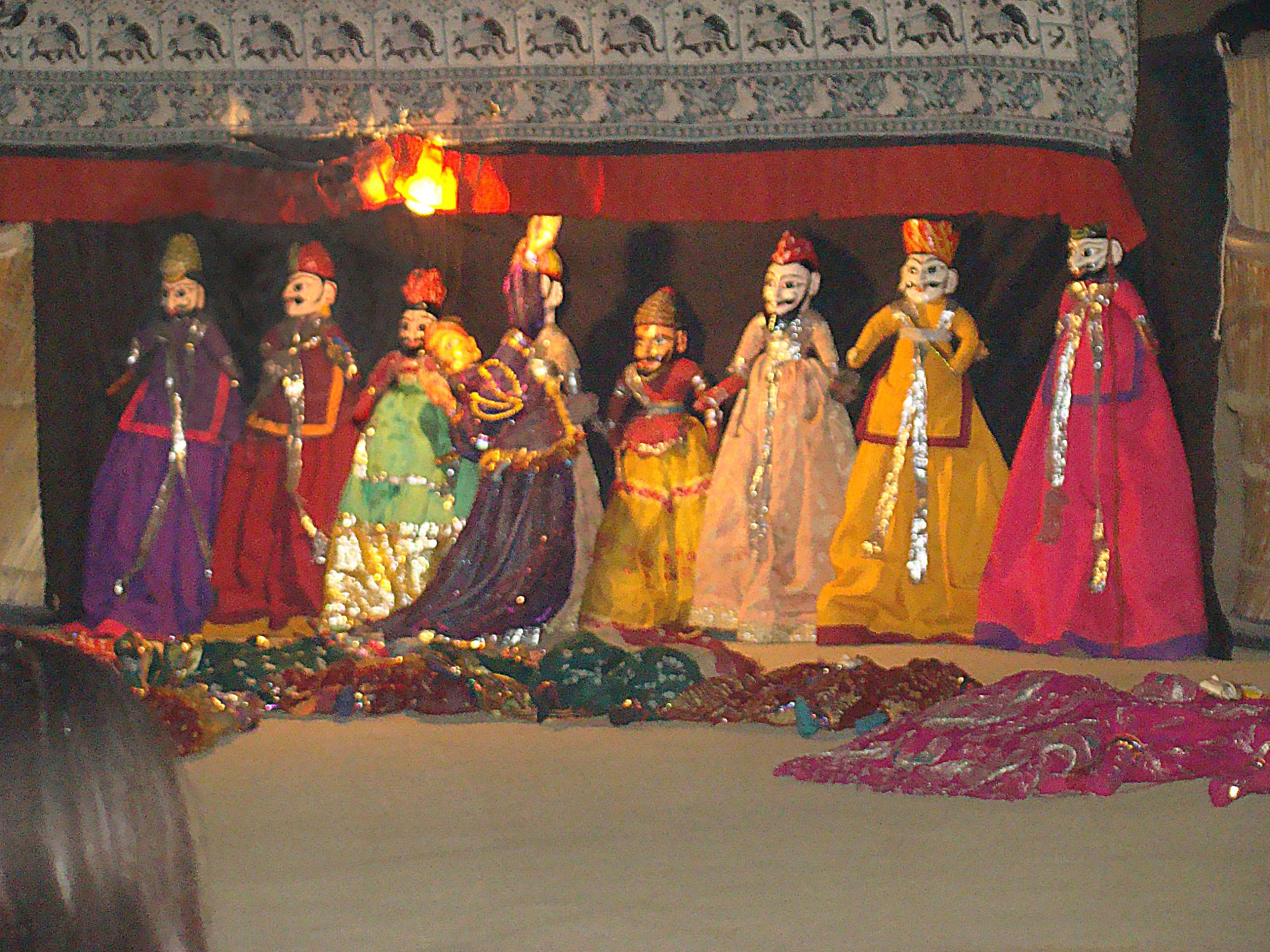
Until the late 1980s, puppet shows were a significant source of entertainment and an effective medium for communicating social issues. They provided thought-provoking messages that resonated with communities. However, as modern people’s attention has shifted toward digital media, these traditional puppet shows have become mainly irrelevant, fading into the background as newer forms of entertainment take center stage.
Besides these, Teli (Oil Pressing and Trading), Saqqa/Mashki (Home to home Water provider), Rangsaz/Neelgar (Dying Cloth), Qainchi Churri Taiz Karnay Wala (Scissor Knife Sharpener), Lachay Wala (Sugar Candy Maker), Najoomi (Street Palmist), Herbs Seller, Radio/TV Mechanic, Traditional Carpenter, Old Photography with Developing and Printing, are few examples of forgotten crafts and occupations in Pakistan faded with time.
Today, many of these professions are on the brink of extinction, replaced by modern occupations that align with contemporary demands. While street vendors like Altaf have successfully transitioned to new roles and are earning a more stable income, this shift also signals a loss of cultural heritage. The vibrant street culture that once defined Pakistani communities is slowly fading, replaced by a more homogenized, less personal way of life. As society advances, there is a risk that these traditional skills and the unique flavor they brought to everyday life will be forgotten entirely, raising the question of what else might be lost in the name of progress. In preserving the past, we might find the key to enriching our future.












